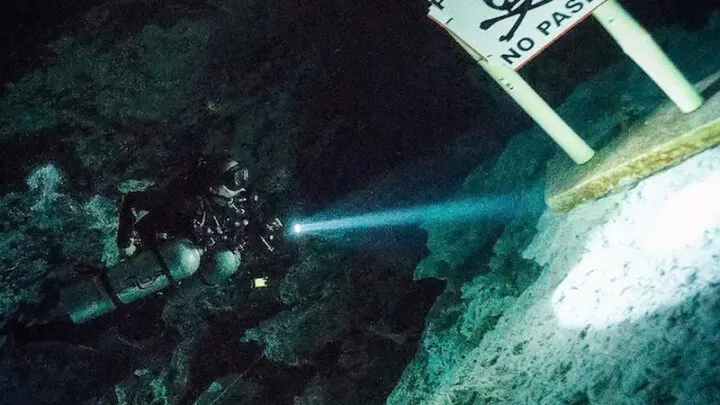A scuba diving experience like no other can be experienced in the cenotes located in Yucatan, Mexico. A magical play of sun rays in crystal clear water, ancient rock formations and dead trees compose the underwater world here.
Most scuba divers will do some cenote dives in Mexico and might not even wonder what follows after the huge stop sign they encountered during their dive. The adventurous ones among us who do wonder what comes next will jump at the chance to take their cave course.
The caves in Mexico are possibly the best place in the world to take a cave diving course. So let’s take a look at exactly why. #GirlsthatCaveDive
Things you need to know before you take a cave course
First of all, cave diving is only recommended for very experienced and advanced divers for a few reasons like your buoyancy control should be close to perfect with good finning techniques (frog kick and backward finning) are important, and your knowledge on diving procedures should be up to scratch.
Scuba diving in caves requires specific equipment as well as specific training. It can be dangerous to dive in an overhead environment and therefore it is crucial to stick to all safety measurements. If you want to get into cave diving you will have to dive regularly, meaning travelling to places with caves and to own your cave diving equipment. If you are already a technical diver that’s easy, you might only need some extra reels and lines.
Besides all the equipment you might need to buy when continuing with cave diving you need to consider that the training is tough. It is crucial that a cave diver can react to all possible situations in a safe manner. Mistakes or even worse a panicking diver can lead to horrible situations in caves. Such situations are trained in the cave diving course.
You also need
- 18 years old
- Advanced Open Water or equivalent
- Cavern or Overhead certification
- 25 logged dives (however we would suggest at least 100 or more)
- For full cave some organizations will require more logged dives plus a certain amount of logged cave dives
The cave diving course
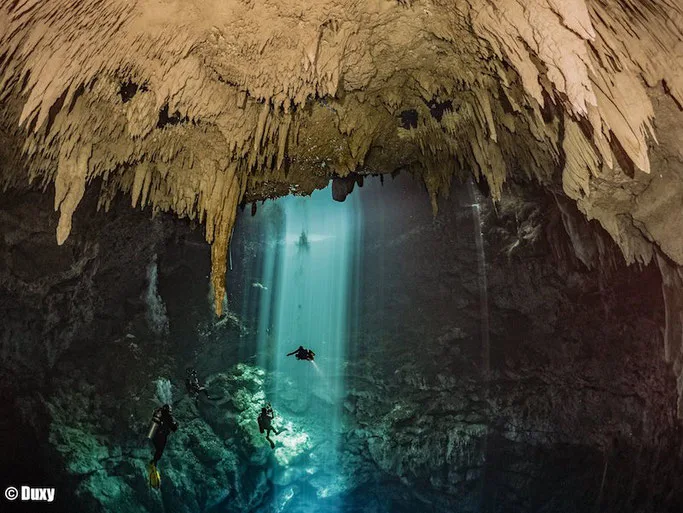
Different agencies offer cave diving courses most of them divide the course into two parts; introductory cave diver and full cave diver. The introductory cave diver will allow the diver to dive easy caves with only one junction where he or she turns around when used up ⅙ of the air available. This minimises chances to get lost and even if some issues are experienced the air will last until the entrance is found. After gaining some experience the second part of the course can be taken which prepares the scuba diver to dive any cave.
Be prepared to deal with stressful situations
For example have you ever experienced the visibility at zero, your buddy out of air and entangled in the line or have you ever turned around and your buddy is gone or you’ve lost the line and the visibility is zero?
Hopefully not, but for all these possibilities your instructor will train you. You’ll learn how to find the line while you can’t see anything, how to react when the tank is leaking, when a diver is entangled or how to swim back to the cave entrance for 45 minutes without visibility. Yes, its tough.
Of course before a scuba diver gets to train all these situations, the practice starts in the shallow waters with finning techniques, buoyancy practice, drills to close and open all valves while keeping a perfect trim and reel practice
What will you learn in your cave course?
- Trim and buoyancy
- Propulsion techniques (back finning, helicopter, different kicks to prevent stirring up silt)
- Skills needed for cave diving, like predive checks, drills (air sharing, opening and closing tank valves)
- Working with the reel, for full cave also how to perform jumps and gaps
- How to navigate in a cave
- Communication; hand and light signs, as well as touch contact
- Behavior in overhead environments (conservation, awareness)
- Navigating in zero visibility
- Buddy emergency procedures
- Recovery of lost line in zero visibility
- Use of line markers
The caves in Yucatan, Mexico
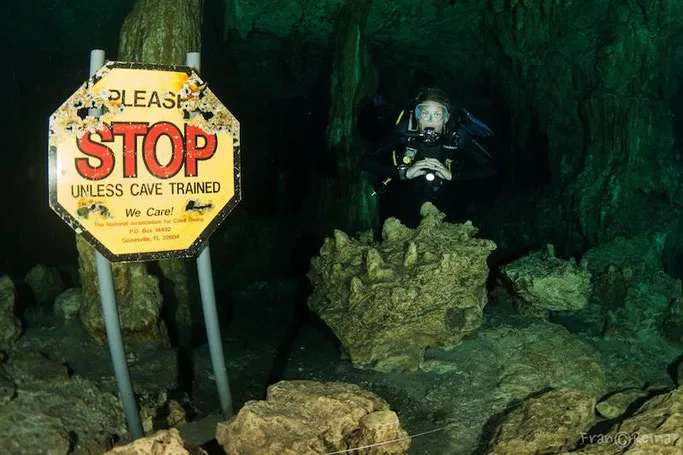
As a certified cave diver you can start to explore the cave systems in Yucatan – some of the most beautiful caves in the world! The possibilities are endless, there are even many undiscovered parts, however these are harder to get to. In most of the well accessible cenotes frequented by fun divers cave dives, divers usually don’t have to walk far from the car park to reach the entry. At the less known spots, it might be necessary to walk through the jungle in order to reach the cenote and the entrance into the water can be more difficult without stairs.
You always need a cave guide with you to dive the cenotes, cave guides can be found in most dive shops in Playa del Carmen and Tulum. Make sure to look for someone who regularly dives and guides in the caves. All the guides who take scuba divers into the cenotes have to be fully cave certified, but many of them then never get to cave dive again, as most guests only dive in caverns.
More experienced cave divers can rent a car, find a place to fill the tanks and explore the incredible cave systems on their own. A small entrance fee is paid directly at the cenote, most of them are on private ground and the divers pay the owners of the land.
Read more about the best caverns to scuba dive and also freediving in the cenotes!
What you will need to start your cave course
In caves either double tanks, sidemount or rebreathers are used. So you’ll need a buoyancy device (backplate, harness) for this, a strong primary light which can be attached to the hand, plus two spare dive lights.
You will also dive with two first stages and a long hose (forget about the octopus). Many cave divers use stiff fins (like jet fins) for maximum control of the movements and to avoid stirring up any sediment.
You might also need a more advanced dive computer, depending on what you used so far. Further equipment includes a short sharp knife, markers (to mark your way on crossings), notebook (wet notes) and a spare mask. Most cave divers dive in dry suits as the dives can last several hours and it is not possible to surface when they get cold.
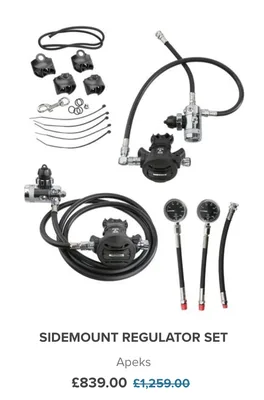
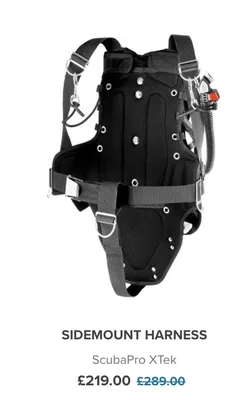
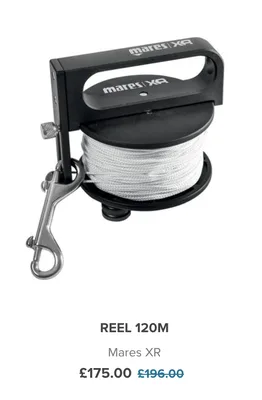
Who to do your cave course with
Ok, so there are a lot of dive shops in Rivieria Maya so we’ve recommend either ones we’ve been with or members of Girls that Tech Dive who work as cave instructors here.
The thorough cave course with GUE. They are the strictest training agency, they will definitely teach you how to become a safe cave diver.
This is one of the biggest cave dive training centers in the area. They are located in Playa del Carmen and Tulum. It is possible to take courses with double tanks, sidemount or rebreather.
Our friends who we’ve swam with crocodiles, dived the cenotes and danced with mantaees with are soon to release a huge tech dive shop between Tulum and Playa with some of the best cave divers around.
David Dusek is an experienced cave diver and a great teacher. He certifies with IANTD.
More of our friends with a busy dive centre in Tulum offer cave diving courses as well as cenote diving.
Want a female instructor? Try one of our awesome tech ladies
Marissa Eckert
Hidden Worlds Diving
Alessandra Figari
www.cavetrainingmexico.com
Victoria Cole
www.infinity2diving.com
Christine Loew
www.diving-caves.com
There are many more female cave instructors in Mexico but we simply can’t put them all in, however you can join Girls that Tech Dive and chat to them within there.
Girls that Tech Dive
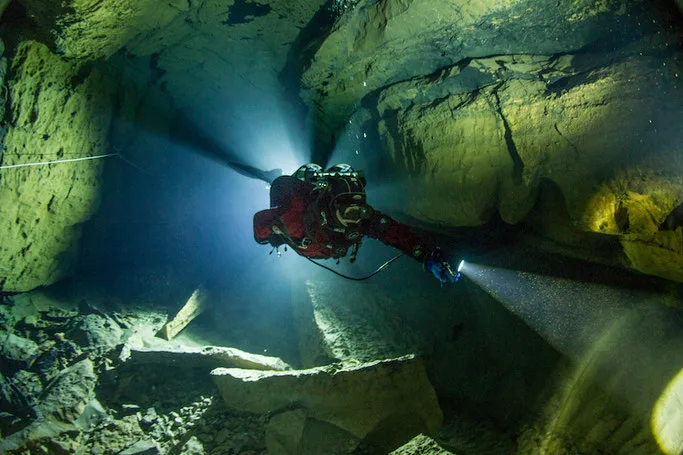
Have more questions or want to learn more about technical and cave diving? Join our female-only group specific to technical diving, here thousands of women will be able to give you advice and answer your questions! Join Girls that Tech Dive also read our latest interview with Christine Grosart “The fore-front of cave diving exploration”.

